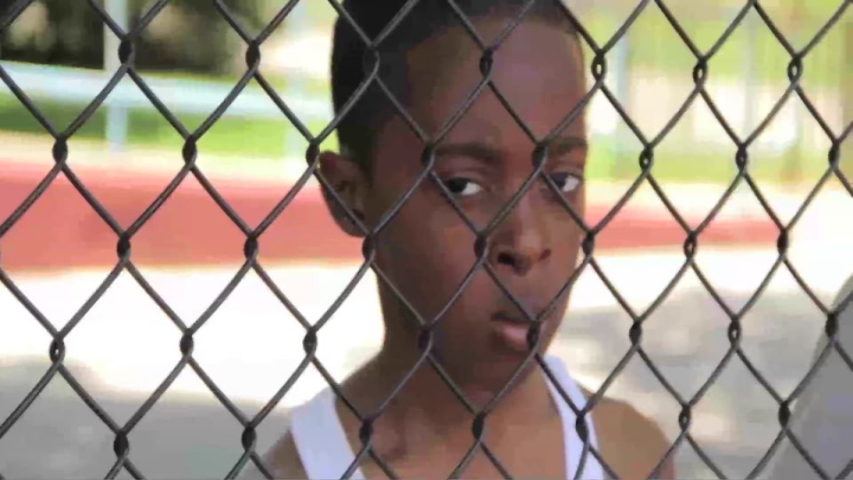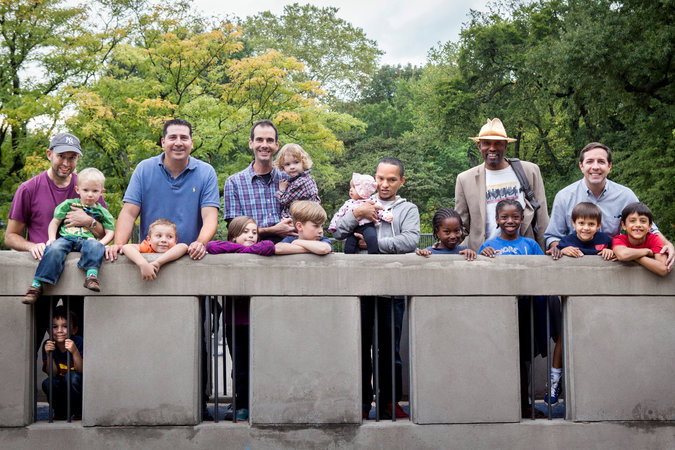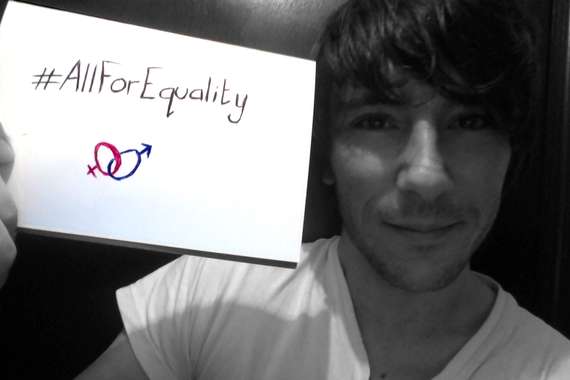According to the modern-day civil-rights establishment, most of the problems that currently afflict African Americans result directly from the intractable white racism that allegedly continues to plague blacks in every region of the country — across all age groups, all educational levels, and all income brackets. This civil-rights elite largely ignores the role of issues within the black community, such as the calamitous breakdown of the black family since the 1960s, in framing its critique.
In mid-1960s America, the nation’s out-of-wedlock birth rate (which stood at 7.7 percent at the time) began a rapid and relentless climb across all demographic lines, a climb that would continue unabated until 1994, when the Welfare Reform Act put the brakes on that trend. Today the overall American illegitimacy rate is about 33 percent (26 percent for whites). For blacks, it hovers at near 70 percent—approximately three times the level of black illegitimacy that existed when the War on Poverty began in 1964.
Illegitimacy is an important issue because it has a great influence on all statistical indicators of a population group’s progress or decline. In 1987, for the first time in the history of any American racial or ethnic group, the birth rate for unmarried black women surpassed that for married black women, and that trend continued uninterrupted until the passage of welfare reform. The black out-of-wedlock birth rates in some inner cities now exceed 80 percent, and most of those mothers are teens. Because unmarried teenage mothers—whatever their race—typically have no steady employment, nearly 80 percent of them apply for welfare benefits within five years after giving birth to their first child. No group can withstand such a wholesale collapse of its family structure without experiencing devastating social consequences.
Father-absent families—black and white alike—generally occupy the bottom rung of our society’s economic ladder. Unwed mothers, regardless of their race, are four times more likely to live in poverty than the average American. Female-headed black families earn only 36 percent as much as two-parent black families, and female-headed white families earn just 46 percent as much as two-parent white families. Not only do unmarried mothers tend to earn relatively little, but their households are obviously limited to a single breadwinner—thus further widening the income gap between one-parent and two-parent families. Fully 85 percent of all black children in poverty live in single-parent, mother-child homes.
____________________
The destruction of this stable black family was set in motion by the policies and teachings of the left, which for decades have encouraged blacks to view themselves as outcasts from a hostile American society; to identify themselves as perpetual victims who are entitled to compensatory privileges designed to “level the playing field” in a land where discrimination would otherwise run rampant; and to reject “white” norms and traditions as part and parcel of the “racist” culture that allegedly despises blacks. It is not inconceivable that one of those traditions which many blacks have chosen to abjure is the institution of marriage. In their landmark book America in Black and White, Stephan and Abigail Thernstrom make this profoundly important observation:
“In the past three decades the proportion of intact married-couple families has declined precipitously even though the fraction of black women aged fifteen to forty-four who were divorced, separated, or widowed also went down.… It is thus not divorce but the failure to marry that has led to such a momentous change in black family patterns. The marriage rate for African Americans has plummeted in the past third of a century. In 1960 … [b]lack women were only a shade less likely to marry than white women…. Today a clear majority of African American women aged fifteen to forty-five have never been married, as compared with just a third of their white counterparts…. Many fewer black women are marrying, and yet they continue to have children—which was not the case in an earlier era.”
Read the entire piece here: http://www.discoverthenetworks.org/viewSubCategory.asp?id=1261




